The WW2 Prague Uprising
A frequent question on my walking tours is whether the centre of Prague was bombed during World War Two because it looks so old. I answer this question more fully on my World War Two Walking Tour but in summary, yes it was bombed but no the majority of any damage in World War Two was not caused by bombing. The damage was caused by the fighting during the Prague Uprising which took place between May 5th and May 9th 1945 and was just an episode in the many uprisings that took place all over the country. Prague was just the largest. When you read into this subject you’ll find that one of the three stated aims of the Prague Uprising was to arrange for the rapid liberation of the country from German occupation. That could have gone one of two ways.

The Build-up to the Prague Uprising
As the allies made their way from the east and the west toward Berlin, thought had already been given to what would happen to Prague. There were two schools of thought. One was that the Germans would accept surrender terms and capitulate without the need for fighting. This spawned something called the CNR (Czech National Council) made up largely of non-military intellectuals but which had a military arm. The second school of thought was that the Nazis would fight on so there would have to be some co-ordination with the allies and the Czech resistance to cause problems for the retreating German army. From the Spring of 1945 small arms had begun to arrive close to the city and were gradually being smuggled into Prague. Former military officers who had not been exposed or executed by the Nazis then came together to begin to try and co-ordinate any actions against the occupying German army.
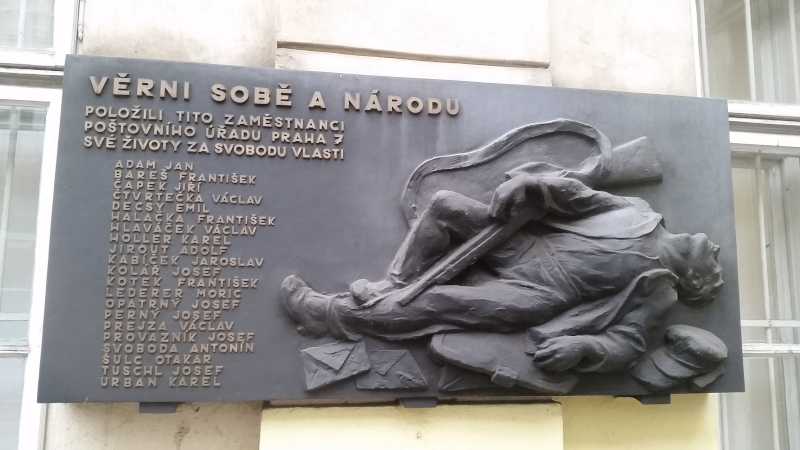
So at the beginning of May you had three organising groups, the Czech National Council led by a man called Jan Nechansky, a pseudo resistance/military group codenamed “Alex” led by General František Slunecek (Military) and a pseudo resistance/military group codenamed “Bartoš” under the joint control of General Karel Kutlvašr (Military) and Lieutenant-Colonel František Burger (Resistance – Bartoš Group). General Karel Kutlvašr had overall control. Not surprisingly, as communications were sketchy these groups did not formally meet until May 3rd. A brief calculation of available manpower showed that even if they could convince the police and various government services to join they could not get to more than 8000 people of which only half of which were armed and then with no more than side arms. On the German side was a 30,000 strong Prague garrison supported by 60,000 heavily armed soldiers on the outskirts and this did not include the forces retreating from the north. So by the end of May 3rd, unless they could secure more arms and treble the number of armed people then it looked like they would have to wait for the allies.
May 4th
Berlin had fallen and the writing was on the wall. Senior German army staff could see it was only a question of time and informed their political leaders. The head of the Protectorate government, Richard Bienert who had only been in post since January 1945, was desperately trying to arrange an orderly transfer of power. On May 4th a directive was issued which included first that it was no longer required to have German language signage on shops and second that the Czech National flag could be flown over government buildings.
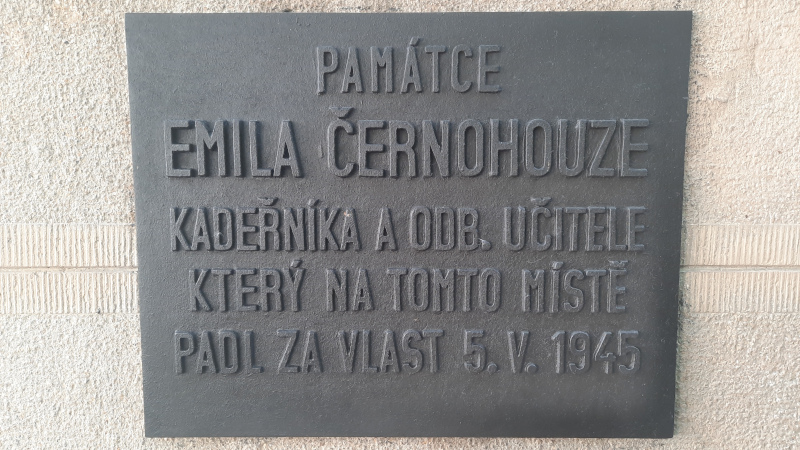
With hindsight you can see what Richard Bienert was trying to do but unfortunately he did not foresee the effect. The Czechs who were now emboldened by these new freedoms immediately started erasing or painting over German signs. Czech flags which had been authorised only for government buildings now started to appear everywhere. Nationalist Czech songs were now being played on the radio.
May 5th
Things now moved quickly and events would soon run out of control. Protests had raged overnight, German signage taken down, collaborators being targeted, the first open resistance. At 1030 the Czech National Council met with the government and received a copy of an order from Admiral Donitz (who had taken over from Hitler) ordering control of the city to be passed to the Czechs and the German forces to unconditionally surrender however this affected only the Wehrmacht (army), not the SS. By 1100 Richard Bienert was trying to convince Karl Herman Frank (one of the top Nazis and SS commanders at the time) to formally hand over control to the Czech uniformed services and at the same time the Czech National Council military arm began to mobilise to take over control.
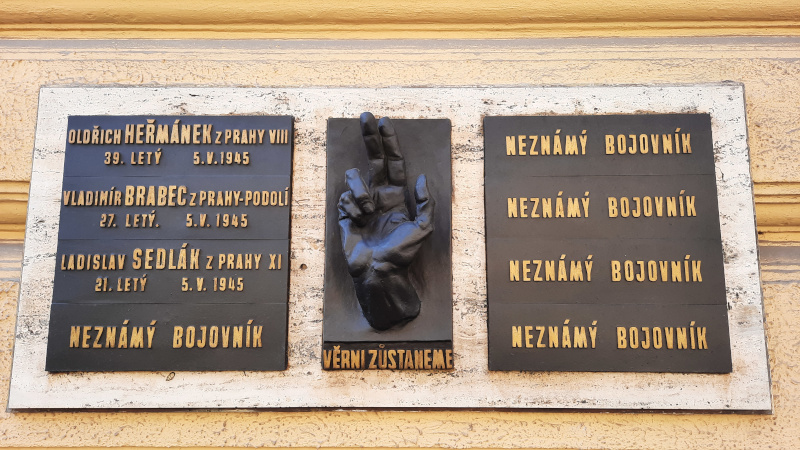
Then at 1130 the Czechs took over the Prague “street radio” network which is part of a system of loudspeakers in all cities, towns and villages in the country. In Prague a message was broadcast throughout the city that the Czech National Council was now taking over and supported a Czechoslovak government, that the Third Reich was over, that people should not be judged and that anybody who failed to recognise the authority of the Council would be considered a traitor. The Wehrmacht and the SS were now split on what happens next with the Wehrmacht thinking they have orders to surrender but the SS refusing any kind of capitulation.

Chaos now breaks out all over the city and Czechs begin randomly asking Germans to surrender. Some of these requests result in shots being fired and the first people to be killed in the Prague Uprising are at train stations. News spreads fast and the resistance targets the main city radio station to take control and broadcast the message that the war was ending. More civilians are killed in the fight for the radio station.

At 1233 exactly the radio announcer Zdeněk Mančal makes a nationwide broadcast that the Prague Uprising is beginning, that the radio station is under attack and calls for help. By 1800 the radio station was under the control of the resistance and a wider call for help in English, French and Russian was broadcast before the transmitter was damaged and the radio broadcaster had to move to a nearby location to continue. Many people died defending the radio station and there’s a famous picture taken on the corner of Balbinova and Vinohradska showing the aftermath of a group of civilians gunned down from SS positions on a nearby school (read more about that on the Thomas Vokes and William Greig post).
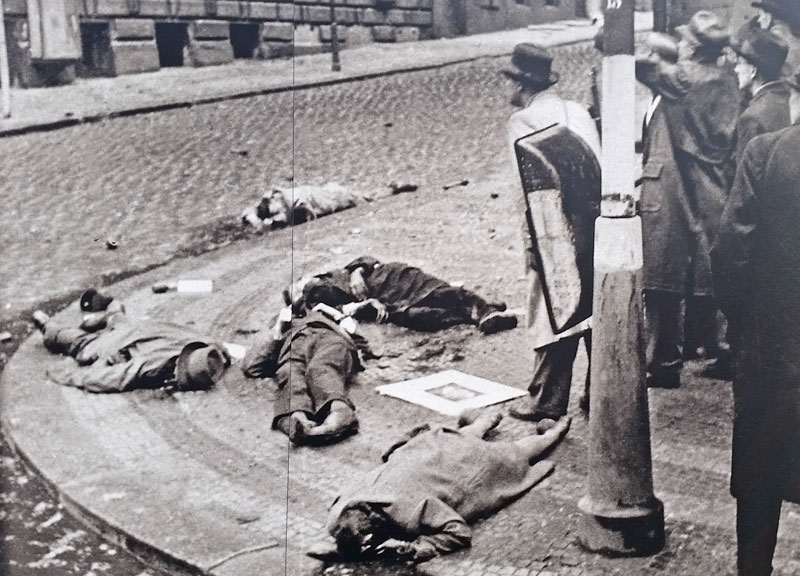
May 6th to 9th
The initial number of approximately 100,000 people building barricades in the major cities and 30,000 people fighting overlooks the fact that they were fighting with very light weapons. If the Czechs were hoping for immediate military support then they were going to be disappointed because it’s in this period that two of the most heavily armed components decide not to get involved. The first was that on the 6th General George Patton was ordered NOT to proceed to Prague for political reasons. On the 7th the ROA (Russian units that were anti-Communist but who had aligned with the Germans and then switched to the Czechs) found out that the Americans would not be coming to Prague and so most of the ROA forces head west in order to surrender to the allies.
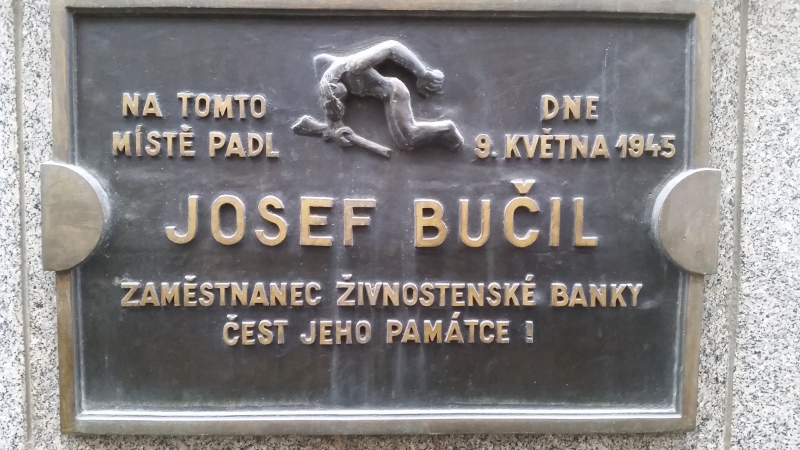
At 1600 on May 8th the Wehrmacht surrendered and were given until 0900 the following morning to leave the city but the SS continued to fight with the 8th and 9th seeing some of the most brutal suppression of the Prague Uprising. Try as they might, the overwhelming force of the heavily armed SS effectively defeated the Prague Uprising on the morning of May 9th. But at the moment that the SS forces were celebrating their victory the Soviet Red Army was crossing the river and by 1200 the remaining SS in Prague had surrendered (although other SS units would fight on until the 12th).
Memorials
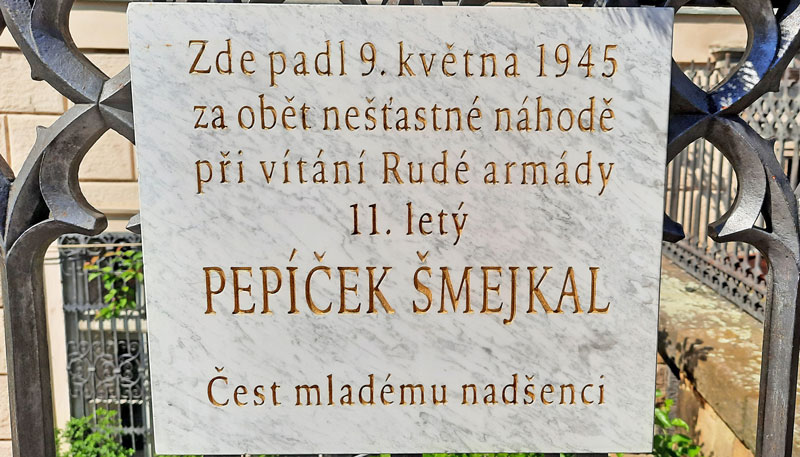
Approximately 3000 Czechs died in the period of the Prague Uprising with at least 1200 killed in active fighting or resistance. You’ll have seen on the post several pictures of memorials both official and unofficial but the city named a metro station in commemoration “Pražskeho Povstání” (Prague Uprising) and it’s also reflected in the river bridge named “Most Barikádníku” (bridge of the barricades).
Online Resource
It takes a big of digging, translating etc but you can find details and pictures of all the Prague Uprising Memorials on the Czech IPR-PRAHA Website. This is also a great resource for people who want to know what the streets were called when under Nazi occupation.
Something Related or a Few Minutes Away
WW2 – Thomas Vokes and William Greig
History/WW2 – Protectorate of Bohemia and Moravia
Activity – World War Two Walking Tour
